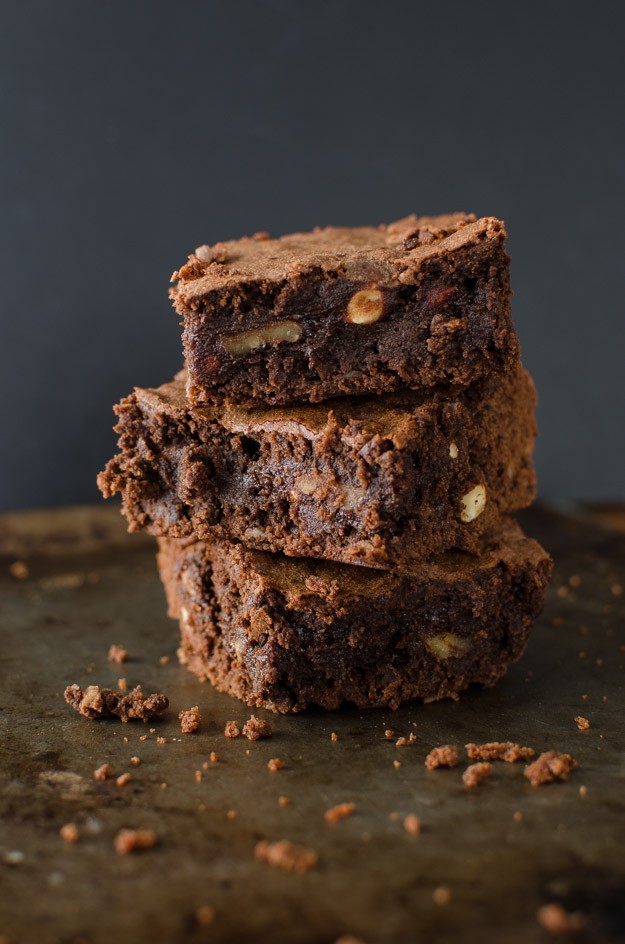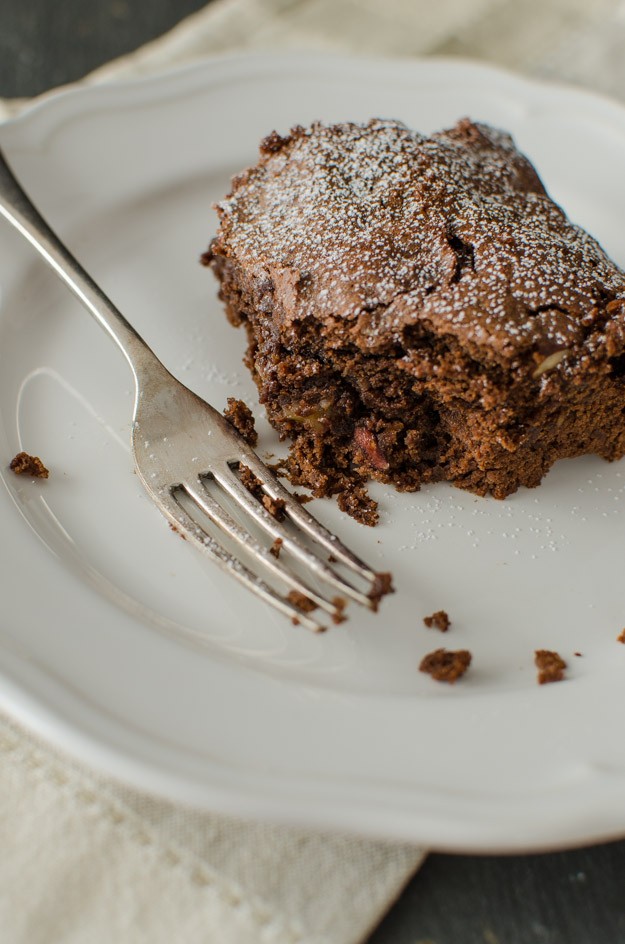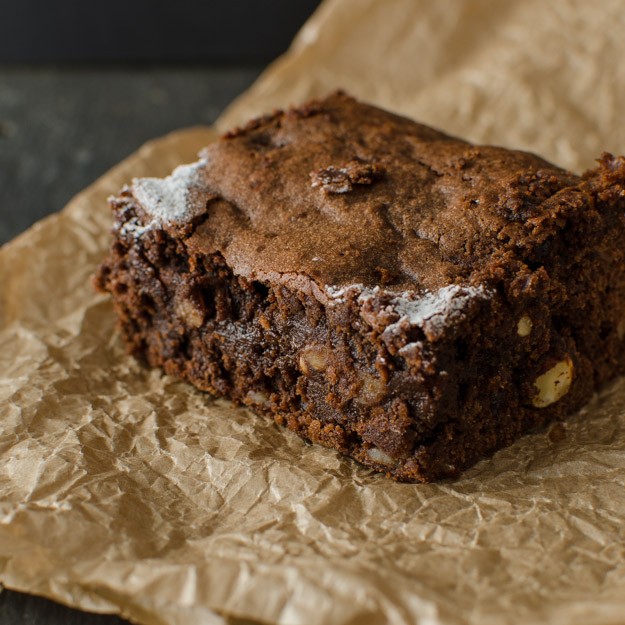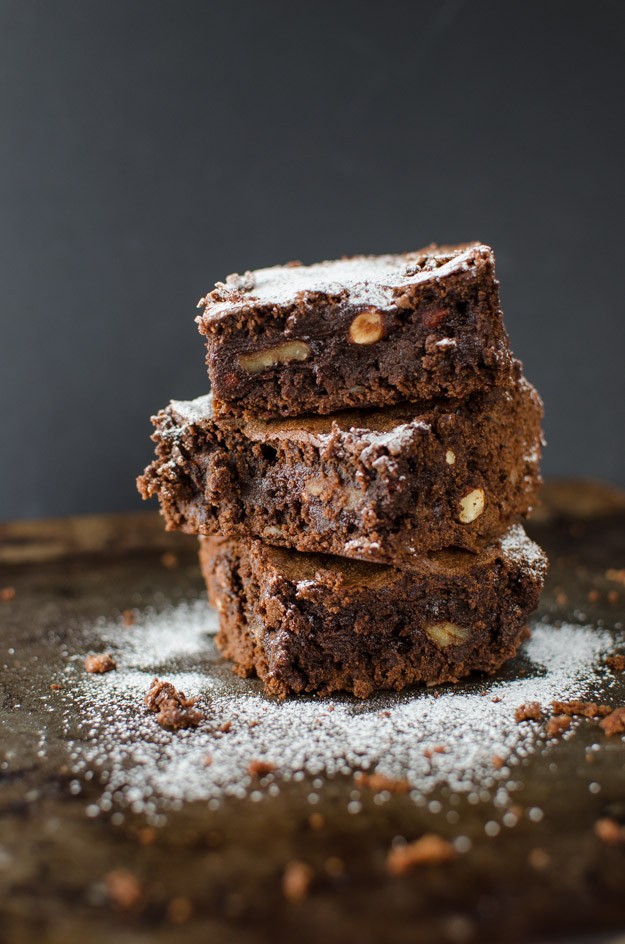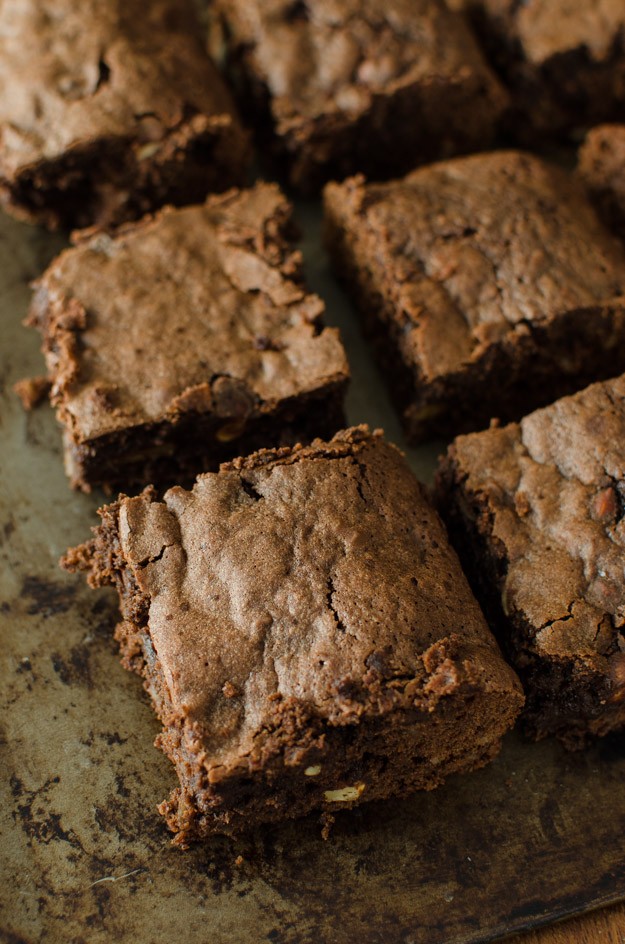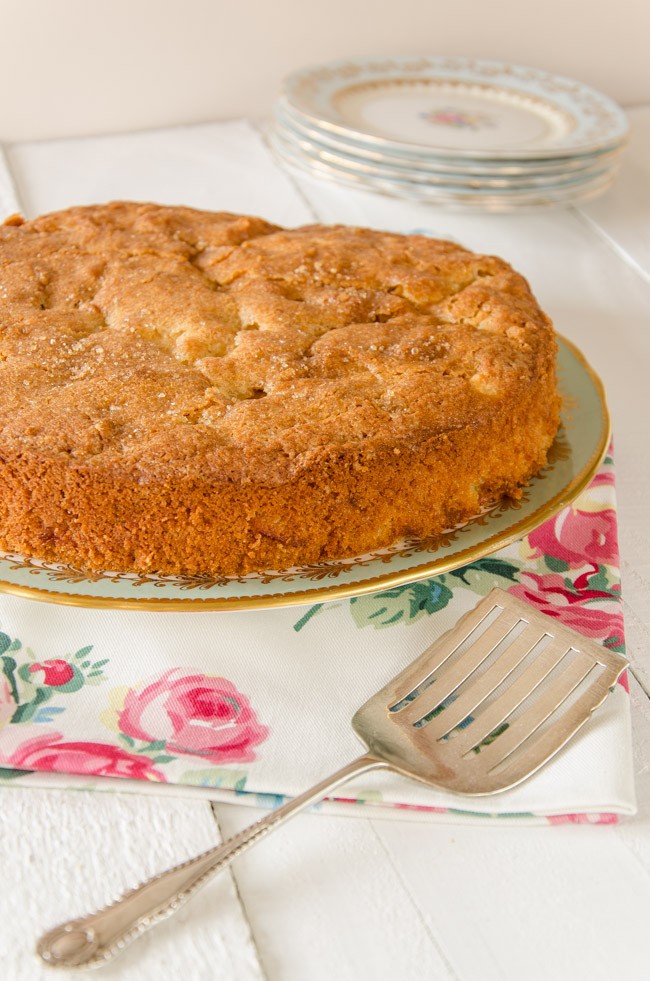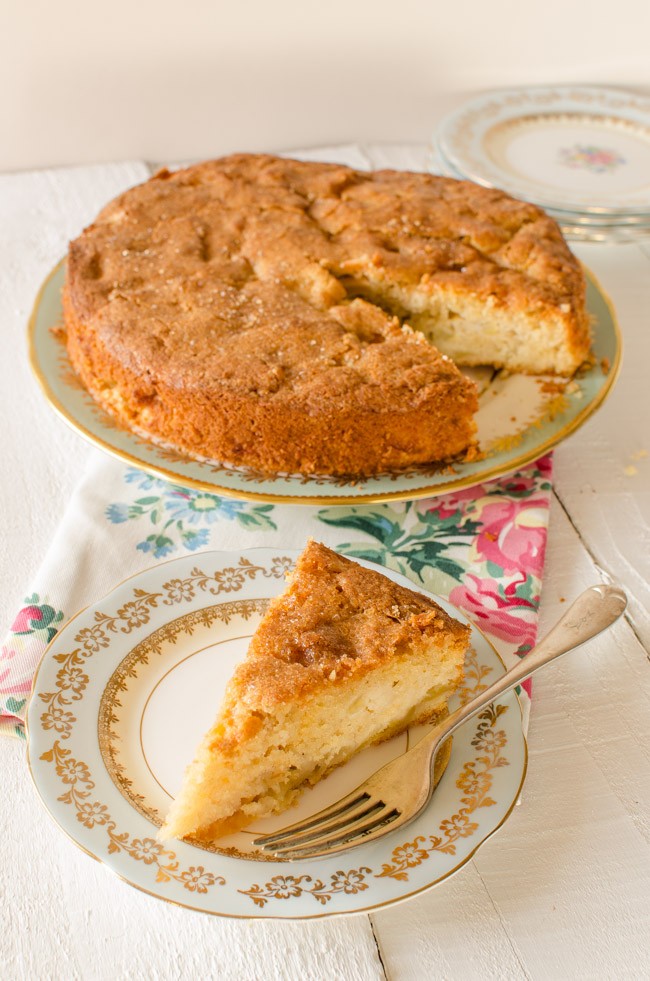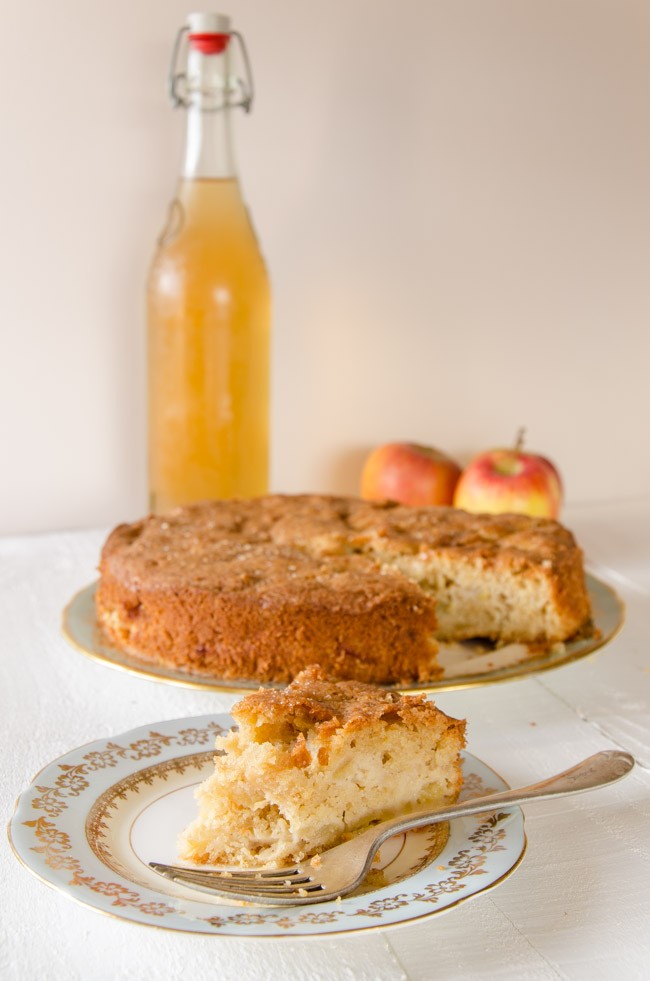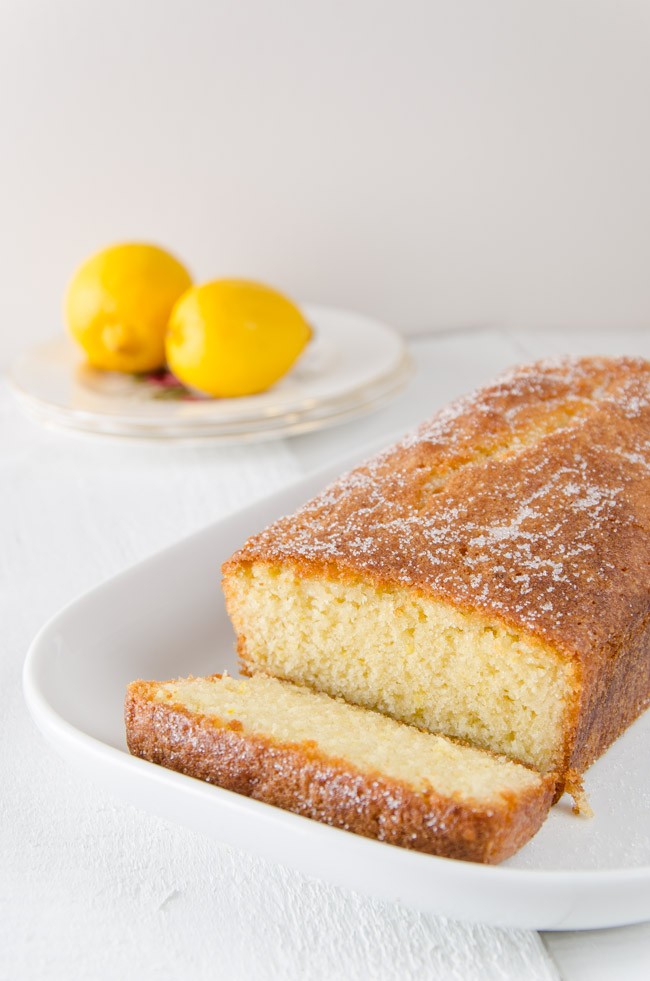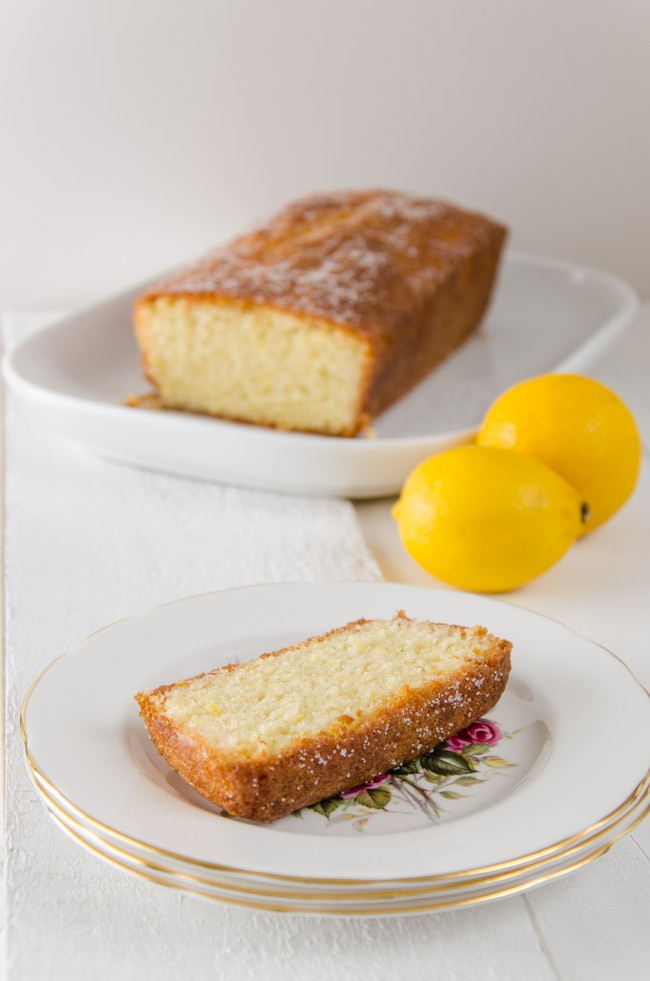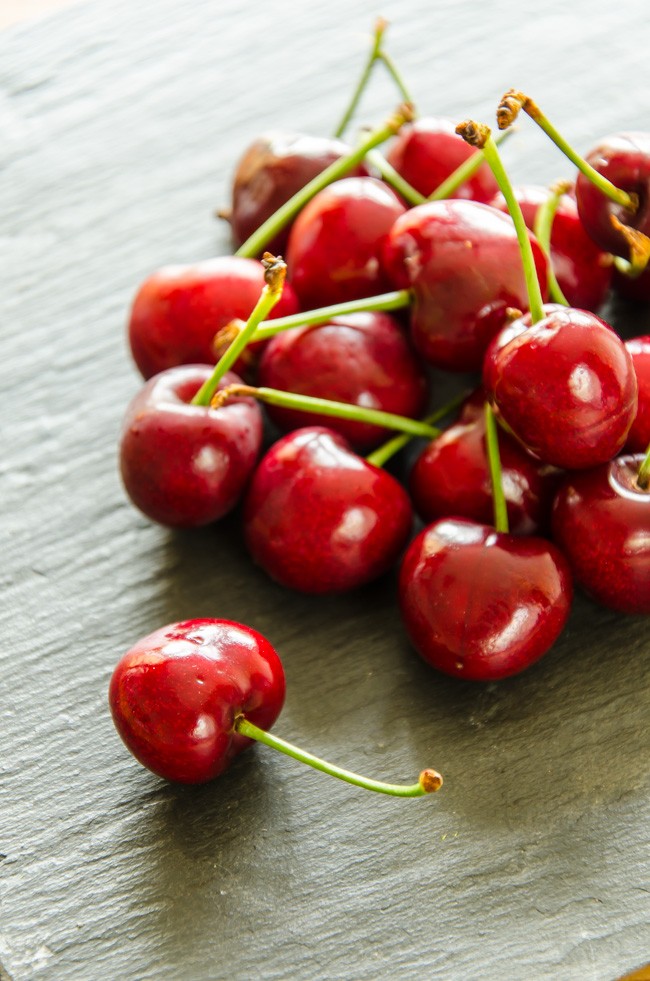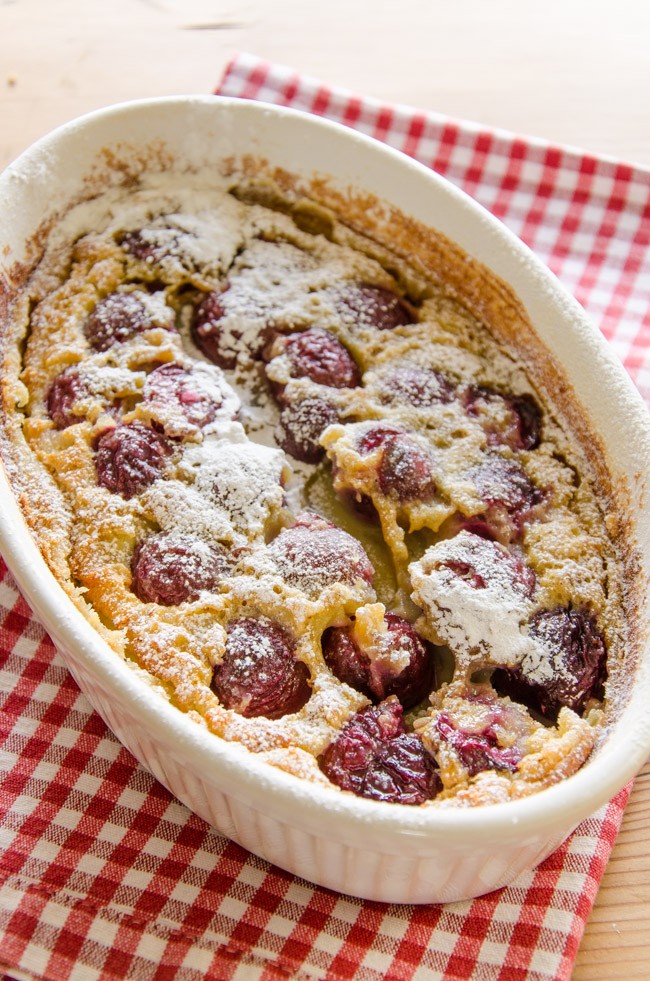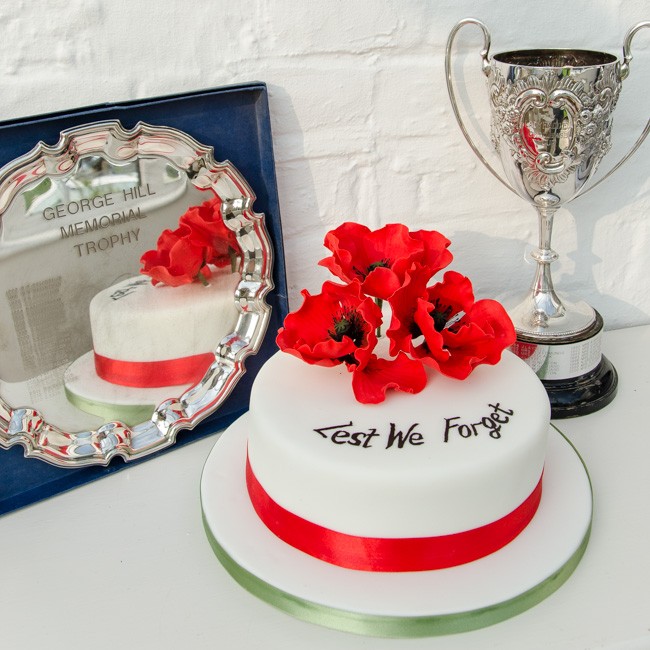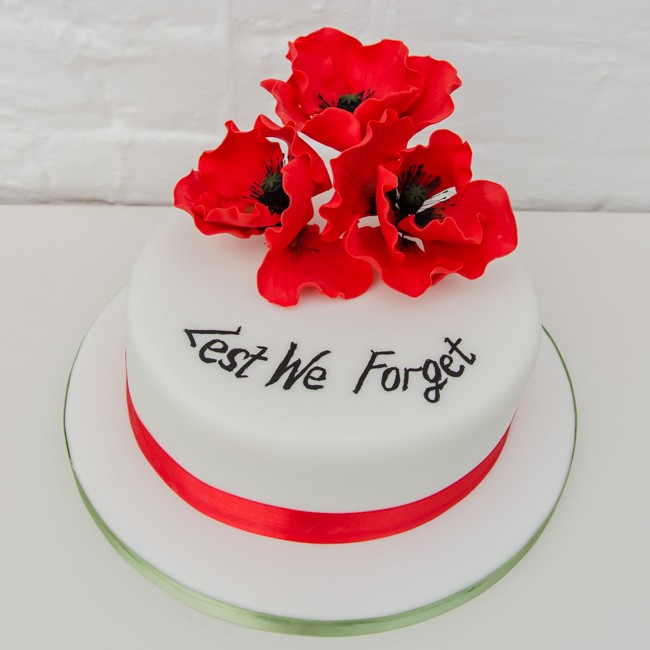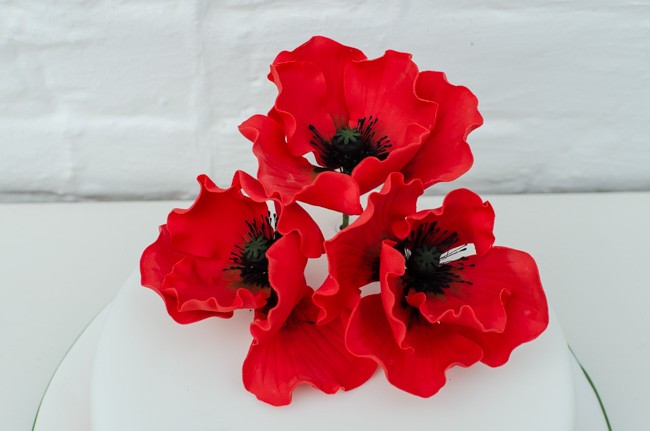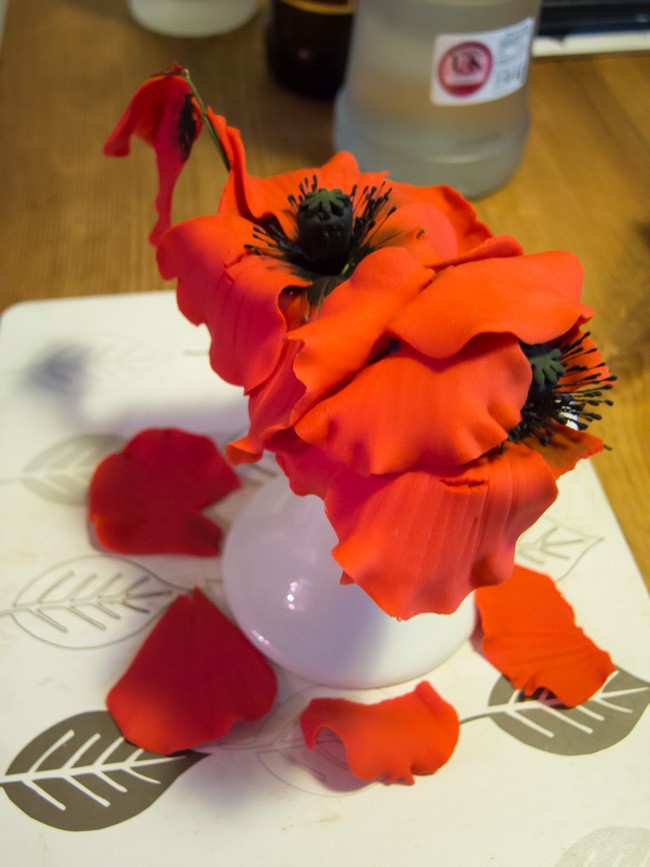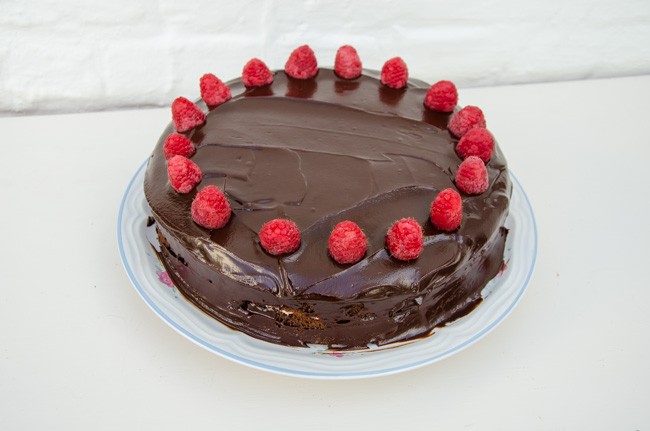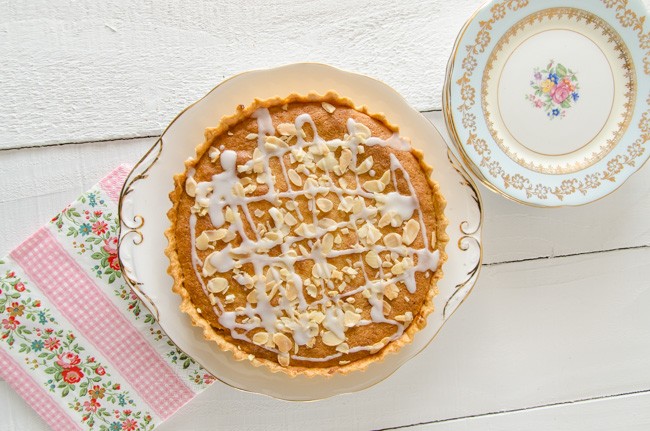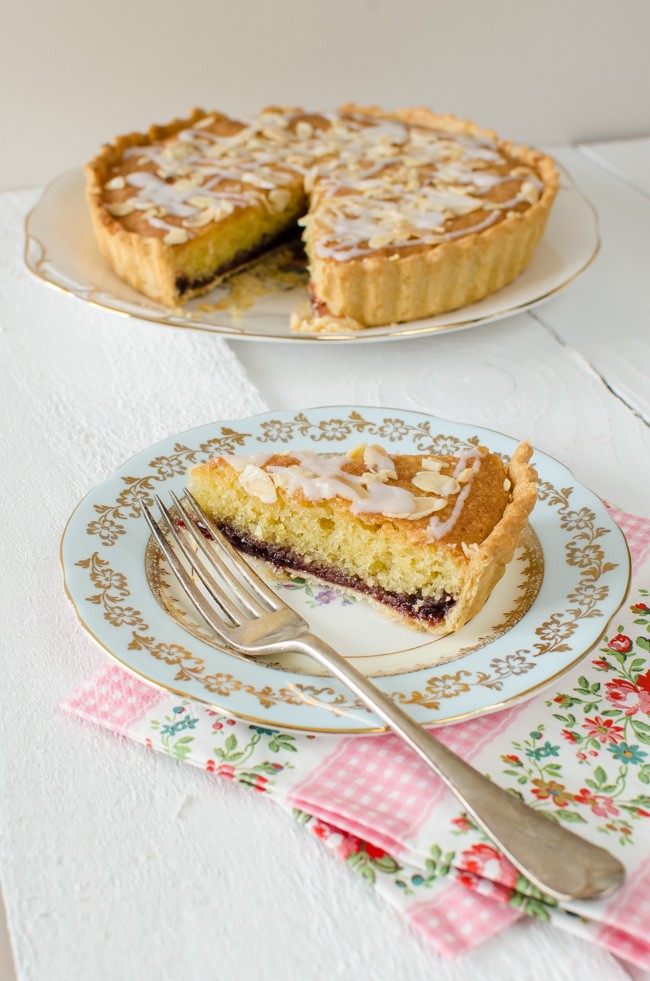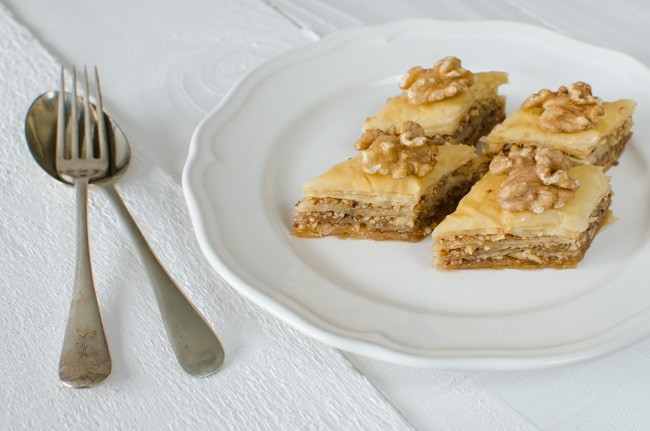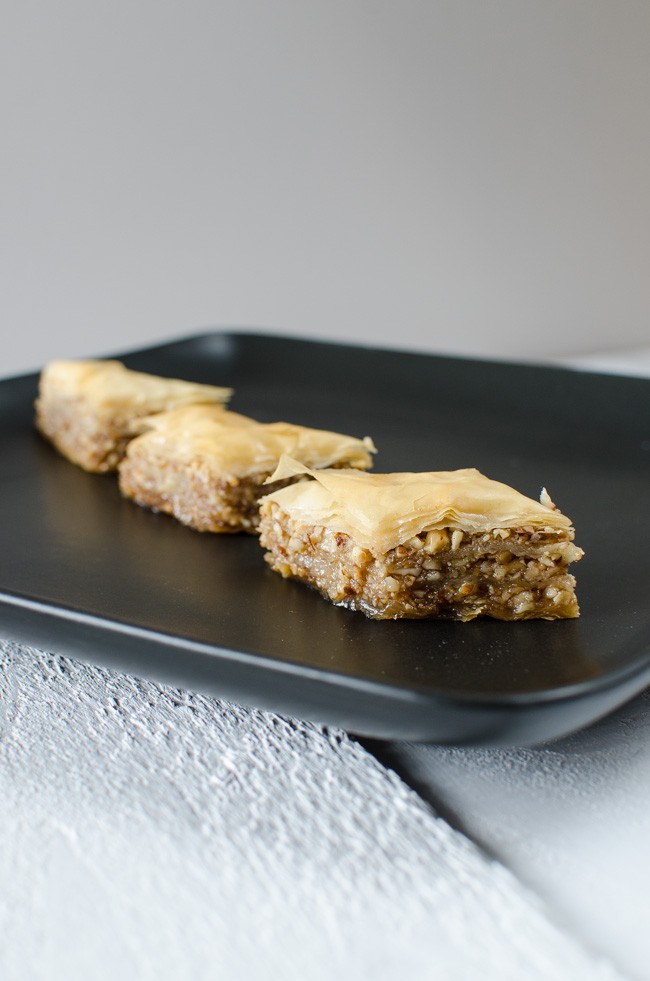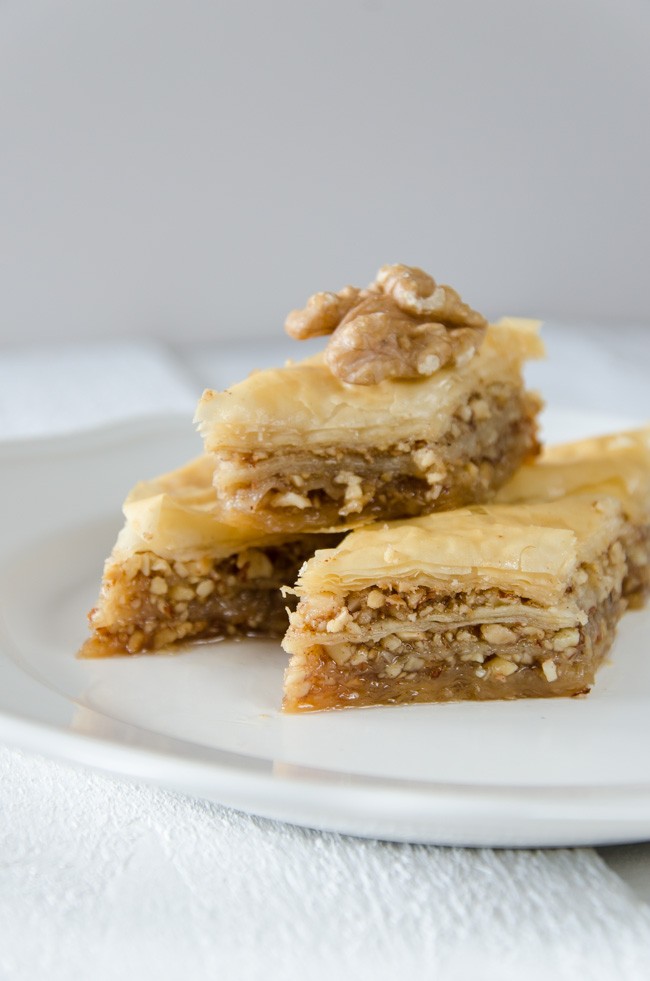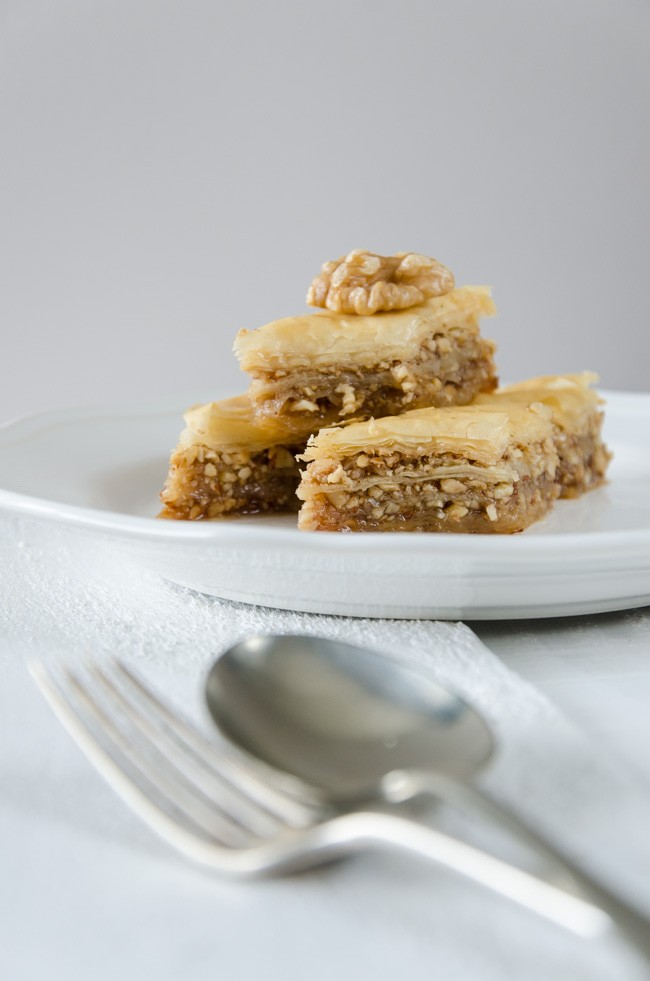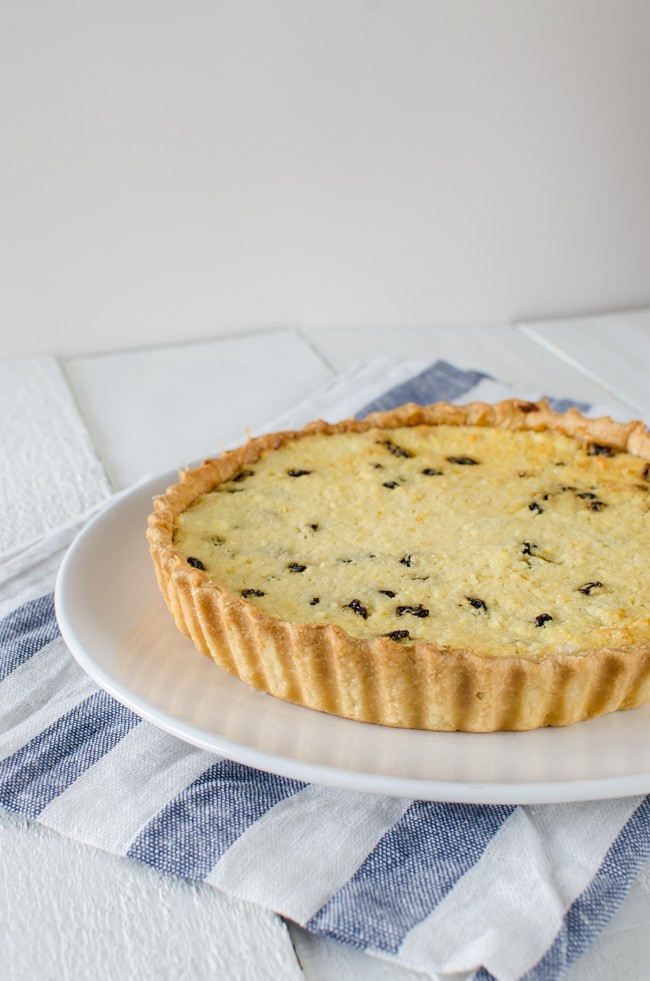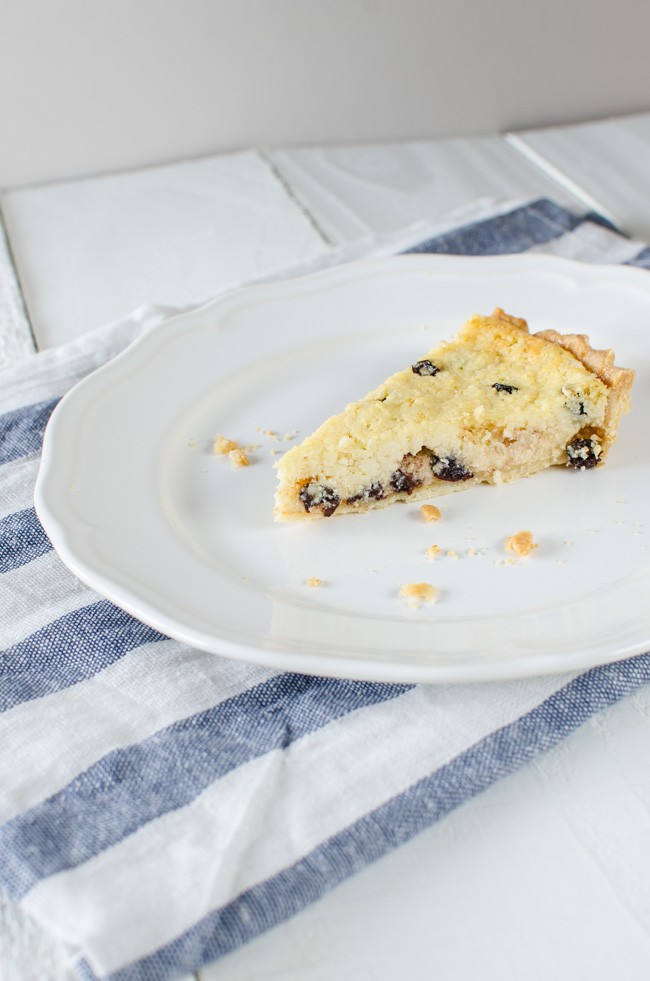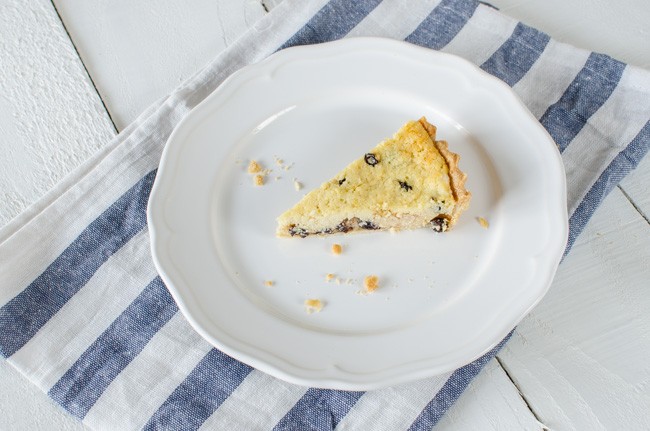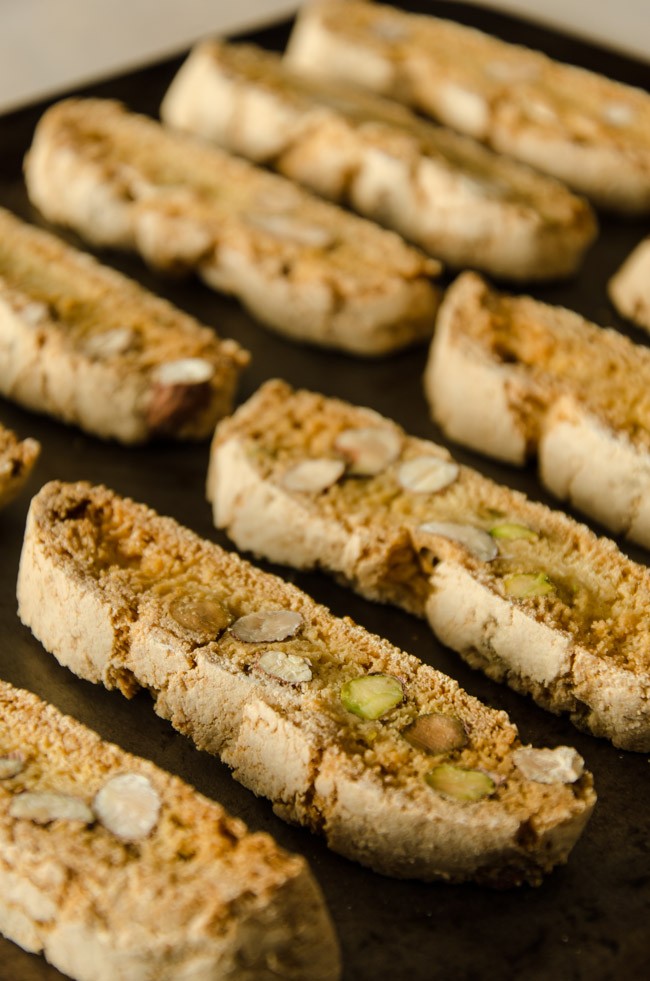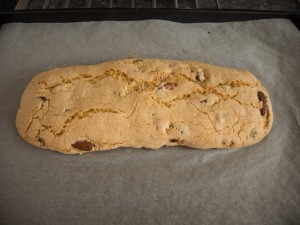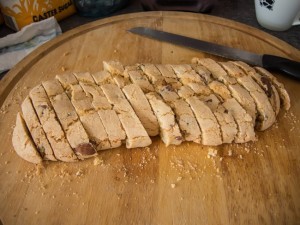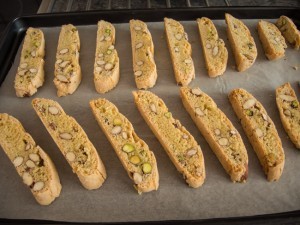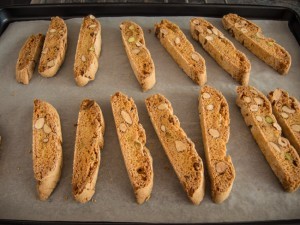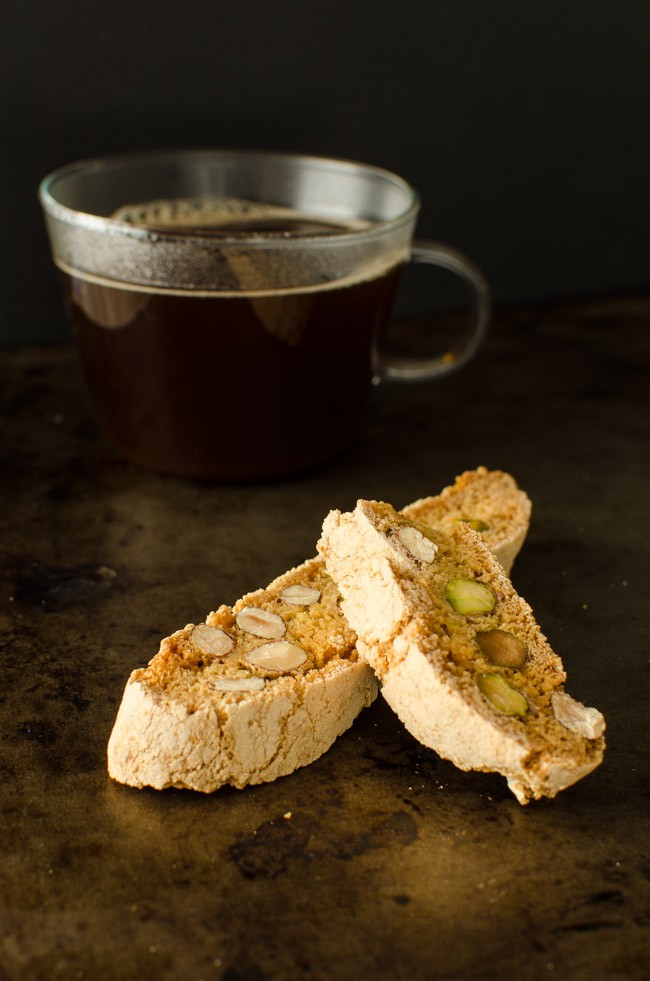Truthfully I cannot call this recipe ‘best ever brownies’ or ‘perfect brownies’ because they are not. Despite trying several recipes over the years, I have yet to find one which is not just a little cakey especially around the edges. And that is not what a brownie is about; it must be soft, gooey and almost fudgey in the centre but with a pleasing crispy top. And I like mine to taste of CHOCOLATE! Nuts good, chocolate chunks brilliant, fruit no. I am posting this recipe because it is the closest I have got to home baked brownie perfection and it gives me something to work on next time. I don’t make them very often because they are expensive to make (all that good quality chocolate) and very bad for you (lots of butter and sugar). But what are holidays for if not for spoiling yourself. We ate the whole tray, myself and my husband, during the week we had away.
Next time I think I will try less flour, perhaps 100g, and half flour half coco powder. And perhaps try using some soft brown sugar.
Almost Perfect Brownies
125g butter, unsalted 160g plain choclate (good quality, coco solids greater than 60%) 200g caster sugar (golden if you have it) 1 tablespoon honey or golden syrup 4 medium eggs 150g plain flour 1/2 teaspoon baking powder 1 tablespoon ground coffee or instant coffee 150g mixed nuts – walnuts, almonds, pecans work well Grease and line a baking tin about 20cm by 20cm (9″ x 9″) with baking parchment. Preheat the oven to 160º C fan. In glass bowl over a pan of barely simmering water, melt the butter and chocolate, stirring occasionally until smooth and silky. In a separate larger bowl, mix the dry ingredients except the nuts. Do not bother to sift the flour as you don’t want to add extra air. Once the butter and chocolate is melted, take off the heat and stand until it is finger temperature (less than 30º C) otherwise you will scramble the eggs. Add the honey or golden syrup and then beat in the eggs one at a time. When well beaten, add this wet mixture to the dry and beat until mixed and then mix in nuts until evenly distributed. Pour the brownie mix into the prepared tin and pop in the oven on a middle shelf. Start checking after 20-25 minutes. You want to take the brownies out when any wobble is gone from the middle of the tin but not any more – it is better they are slightly under done than over. A skewer will never come out clean so you cannot use this test. Allow to cool in the tin before cutting into squares.
